Which one of the following spherical lenses does not exhibit dispersion? The radii of curvature of the surfaces of the lenses are as given in the diagrams.
A
 .
.
B
 .
.
C
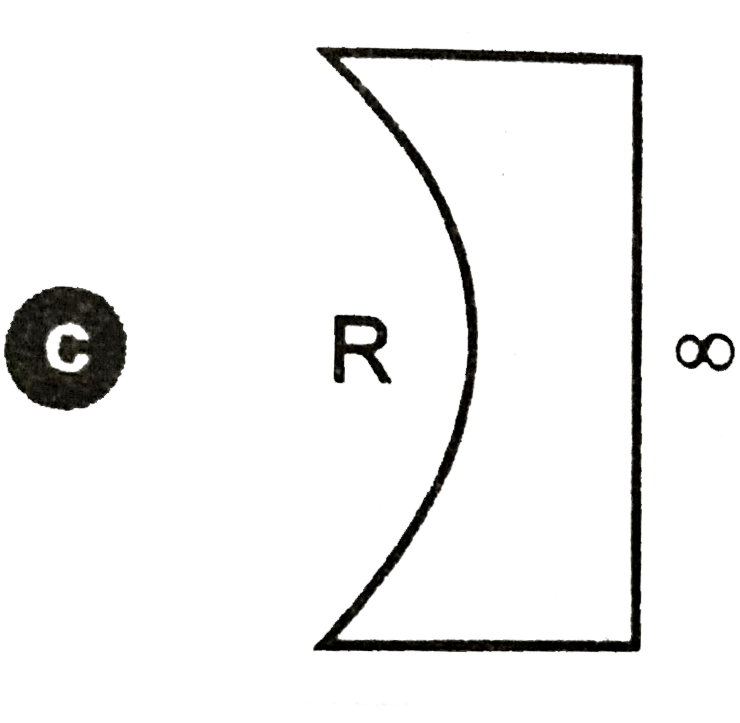 .
.
D
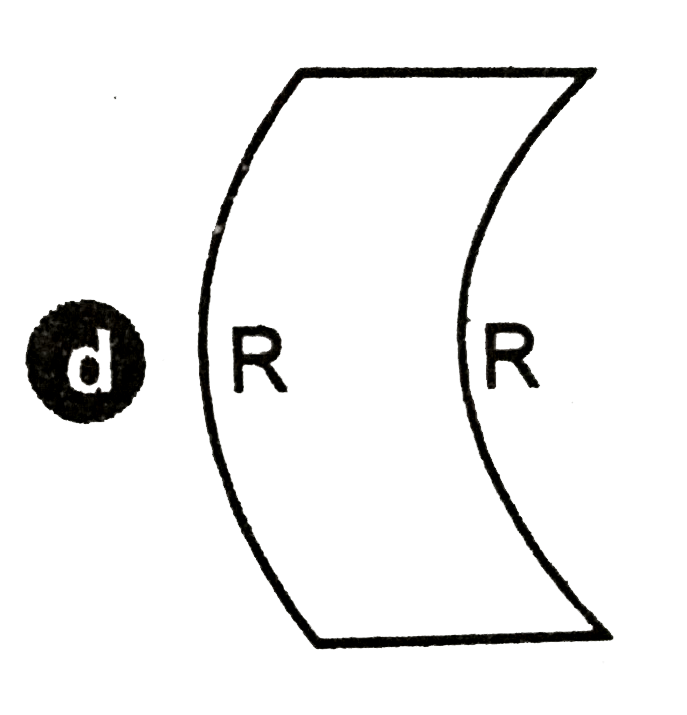 .
.
Video Solution
Text Solution
The correct Answer is:D
1f=(μ−1)(1R1−1R2)
For no dispersion, d(1f)=0
∴dμ(1R1−1R2)=0∴R1=R2=R
Choice (d) is correct.
|
Updated on:21/07/2023
Topper's Solved these Questions
- BOOK - PRADEEPCHAPTER - RAY OPTICSEXERCISE - (Competition)Comprehension7videos
RAY OPTICS
- BOOK - PRADEEPCHAPTER - RAY OPTICSEXERCISE - Integer Question4videos
RAY OPTICS
- BOOK - PRADEEPCHAPTER - RAY OPTICSEXERCISE - (Exemplar) Multiple choice16videos
RAY OPTICS
- BOOK - PRADEEPCHAPTER - PROPERTIES OF BULK MATTEREXERCISE - Multiple choice questions7videos
PROPERTIES OF BULK MATTER
- BOOK - PRADEEPCHAPTER - SYSTEMS OF PARTICLES AND ROTATIONAL MOTIONEXERCISE - Assertion- Reason Type questions20videos
SYSTEMS OF PARTICLES AND ROTATIONAL MOTION
Similar Questions
Knowledge Check
- Question 1 - Select One
Which one of the following sperical lenses does not exhibit dispersion? The radii of curvature of the surfaces of the lenses are as given in the diagrams.
R1≠R2A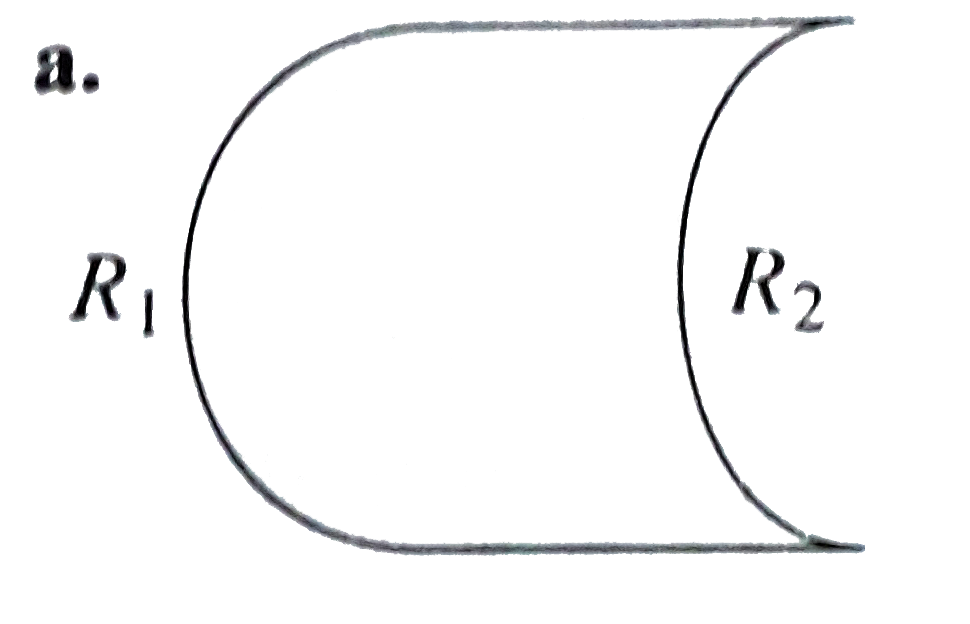 B
B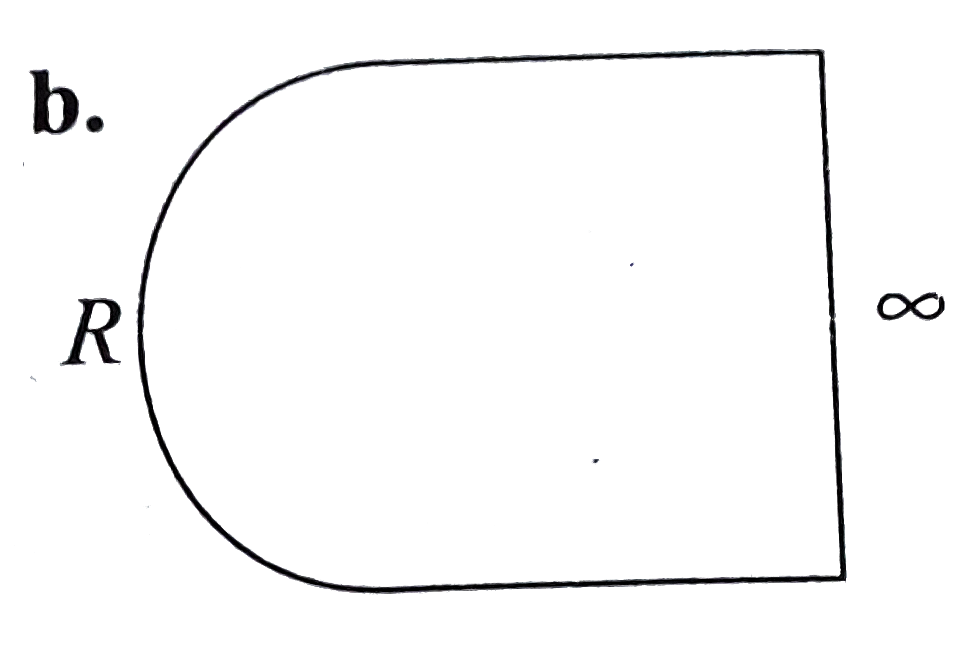 C
C D
D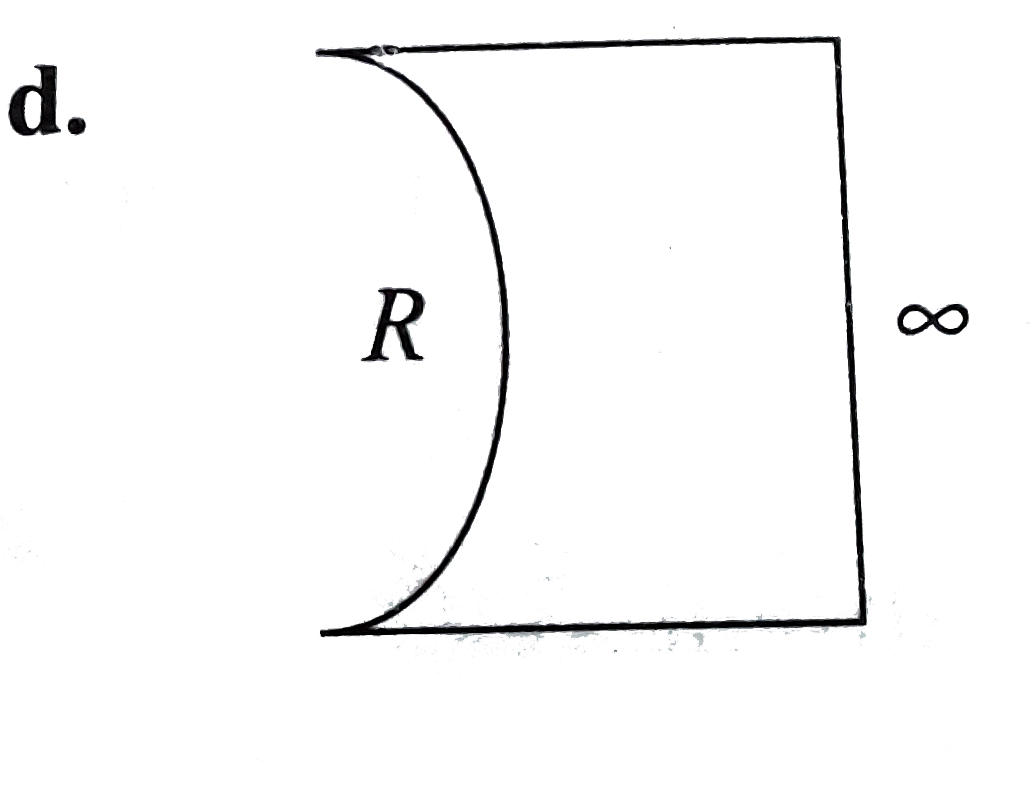
- Question 2 - Select One
Which one of the following crystal does not exhibit Frenkel defect?
AAgBrBAgClCCsClDZnS - Question 3 - Select One
Which one of the following is used to make lenses?
APVCBPMMACPANDPTFE
Which one of the following does not exhibit dispersion
View SolutionWhich one of the following lanthanide ions does NOT exhibit paramagnetism?
View SolutionWhich one of the following four glass lenses is a diverging
lens?View SolutionWhich one of the following does not exhibit the phenomenon of mutarotation ?
View SolutionWhich one of the following does not exhibit the phenomenon of mutarotation ?
View Solution

